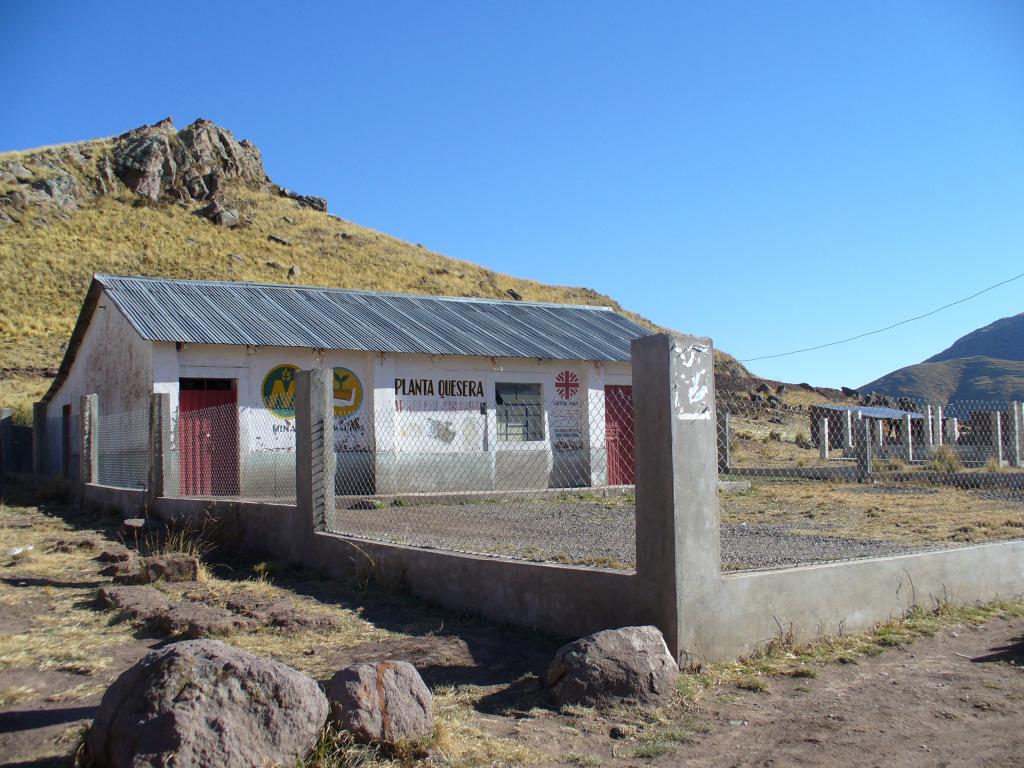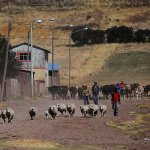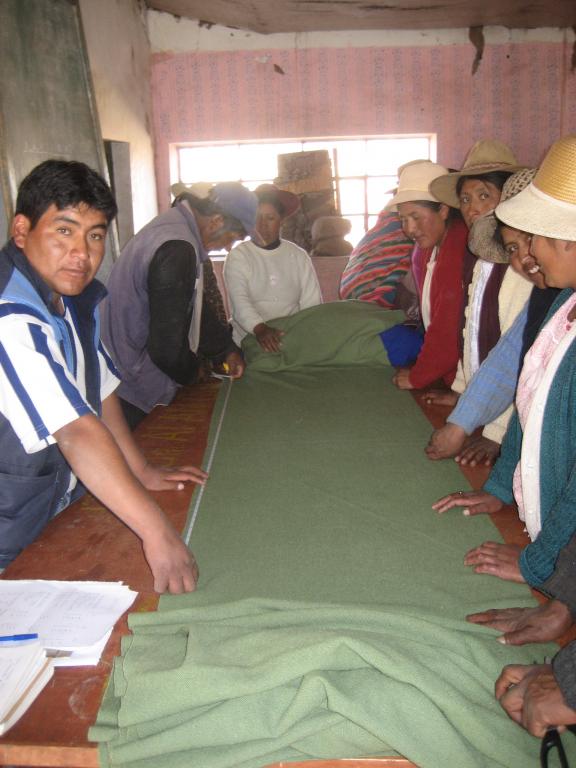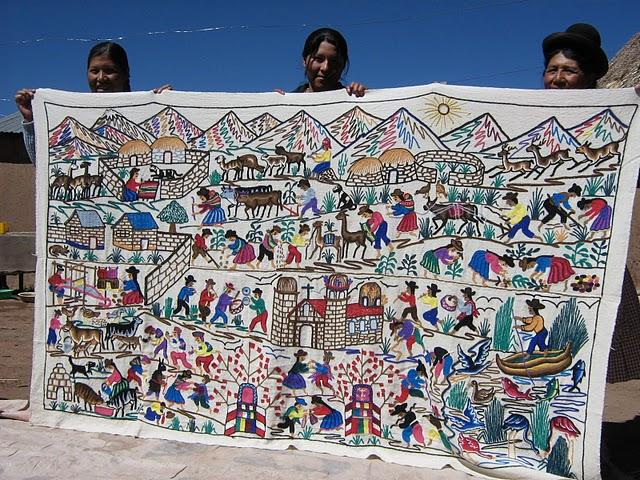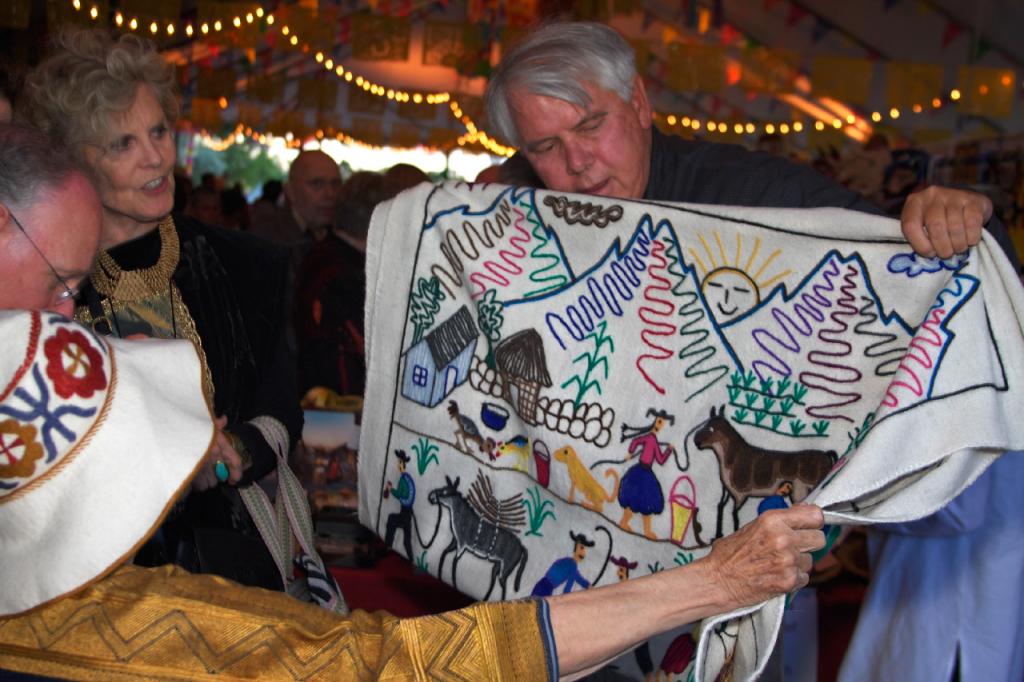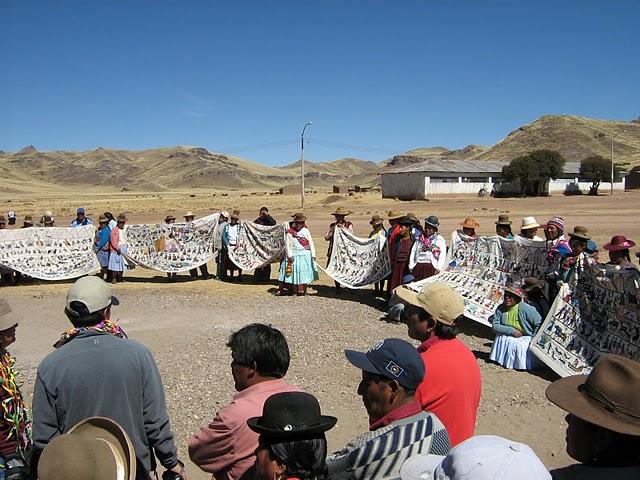Economic Development
Never doubt that a small group of thoughtful, committed citizens can change the world, indeed it is the only thing that ever has.
Capital for the Chijnaya Commmunities
In the four communities all families in need of a cobertizo have built one and paid back their loans. Most have used the reconstituted fund to improve eye and respiratory health for their women and children by installing smoke free stoves that send the soot and ashes out of their kitchens. In Chijnaya, the capital has been put to use as part of the down payment on a community tractor, plow and harrow. Families in Chijnaya and neighboring communities rent this efficient equipment for use in their fields. The rent goes toward repayment of the seed capital and the equipment loan.
Microloans, A Powerful Community Building Block
A well administered revolving loan fund empowers a community. Generations of seed capital are available to use in combination with community labor to meet self-identified needs. All can participate as long as they keep a good record of repayment, and the record in these communities has been impeccable. Around the world, microloans have been enormously successful with women entrepreneurs. These revolving microloans are administered by and available to all. The humble cobertizos are powerful building blocks toward community well-being and self-respect. Twenty new communities are waiting to become a part of this project.
In 2006, the association of 110 artisans produced a first run of panoramic embroidery tapestries depicting village life. The small-stitched, un-bordered figures in these fabric murals were put together in narrative form, with the three pachas, or spheres of the universe depicted in lyric landscape form, with the realm of the gods, the wild, and the human world woven into each tapestries.
In 2008, the artisans’ committee applied to show their tapestries in the International Folk Art Market in Santa Fe, New Mexico. The IFAM is a selective exhibition and attracts collectors from around the world. It has featured the work of artists from over 100 countries, and the Chijnaya artisans were delighted when they received word that they had they would be among the featured artisans.
The embroideries, which artisans called achachis, a quechua word referring to elders or things traditional, were adapted to several sizes and styles for marketability, and enjoyed robust sales in 2008, 2009, and 2010 at the Folk Art Market. In addition, smaller embroideries and novelties developed by the collective have also been brisk sellers in end-of-year holiday markets, and have found some modest sales in contemporary world craft markets in New Mexico such as Poco a Poco.
Contact us for information on how to buy individual pieces or arrange for a sale in your school, church, or civic organization.
Chijnaya Art Featured at the University of Richmond
On view in the Lora Robins Gallery of Design from Nature, University of Richmond Museums, and the International Gallery, Carole Weinstein International Center, September 16 through December 9, 2011, is the exhibition Achachis y Bordados: Storytelling Embroideries from Chijnaya, Peru.

